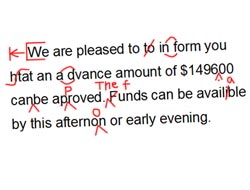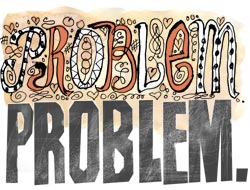Introduction
The purpose of this report is to evaluate the transport needs of students at the university for the Director of Traffic and Transport, Lucy Chan. A survey of student transport needs was carried out and the results were analysed. This report describes these results and makes recommendations for the most effective shuttle bus service for students.
Methodology
With the aim of evaluating the transport needs of students at UPHK, a survey was carried out and a total of 8,570 responses were received. In the survey, students were asked to state a preferred start and end time, as well as frequency for the proposed service. In addition, they were asked about preferred routes, along with pickup and drop-off points. Finally, they were invited to provide comments on other factors that would encourage use of the shuttle service. Evaluation was then made on the basis of the student responses.
Findings
In terms of the schedule and frequency of the shuttle bus service, opinions coincided considerably with a preferred start time of 7 a.m. for 73% of the students, and a finish time of 10 p.m., as many students are required to work late, for example, in libraries, tutorial rooms and laboratories. The survey results also indicate that a shuttle service every 15 minutes would be desirable for the majority of students, as would a pickup and drop-off point in Library Square, as opposed to the Main Entrance or the Student Recreation Building.
Regarding choice of routes, the response was considerably mixed with all three proposed options having similar popularity. Nevertheless, Route B, with 38%, is marginally more popular than Routes A and C, with 32% and 30% of votes, respectively. It could be argued that a majority of the students would prefer the shuttle service to connect with the East Point Ferry, as this destination is included in Routes B and C, which together obtained 68% of student votes. On the other hand, the least popular route, Route C, is also the longest of the three proposed routes.
Concerning other factors to encourage use of the shuttle service, students mentioned an increase in parking restrictions on the campus, the provision of a student e-ticket for quick boarding of buses, as well as guaranteed passenger comfort on the buses.
Conclusions
Based on the findings above, it appears that there is considerable agreement on service times and frequency; however, on the question of routes, preferences are mixed across all three options. There is also considerable agreement on other factors to encourage use of the service.
Recommendations
In view of these conclusions, I would like to make following recommendations:
Firstly, the most satisfactory service for students would be one that starts at 7 a.m. and runs until 10 p.m. Secondly, the service would have a frequency of every 15 minutes, leaving from Library Square and following Route B, terminating at the East Point Ferry terminal. Furthermore, increased parking restrictions, an efficient ticketing system, and passenger comfort could be seen as key factors in ensuring a high level of use of the service by students.
Finally, I hope that you find the information in this report useful. Please do not hesitate to contact me if you have further enquiries or require additional information.
Regards,
Jim Chiu




